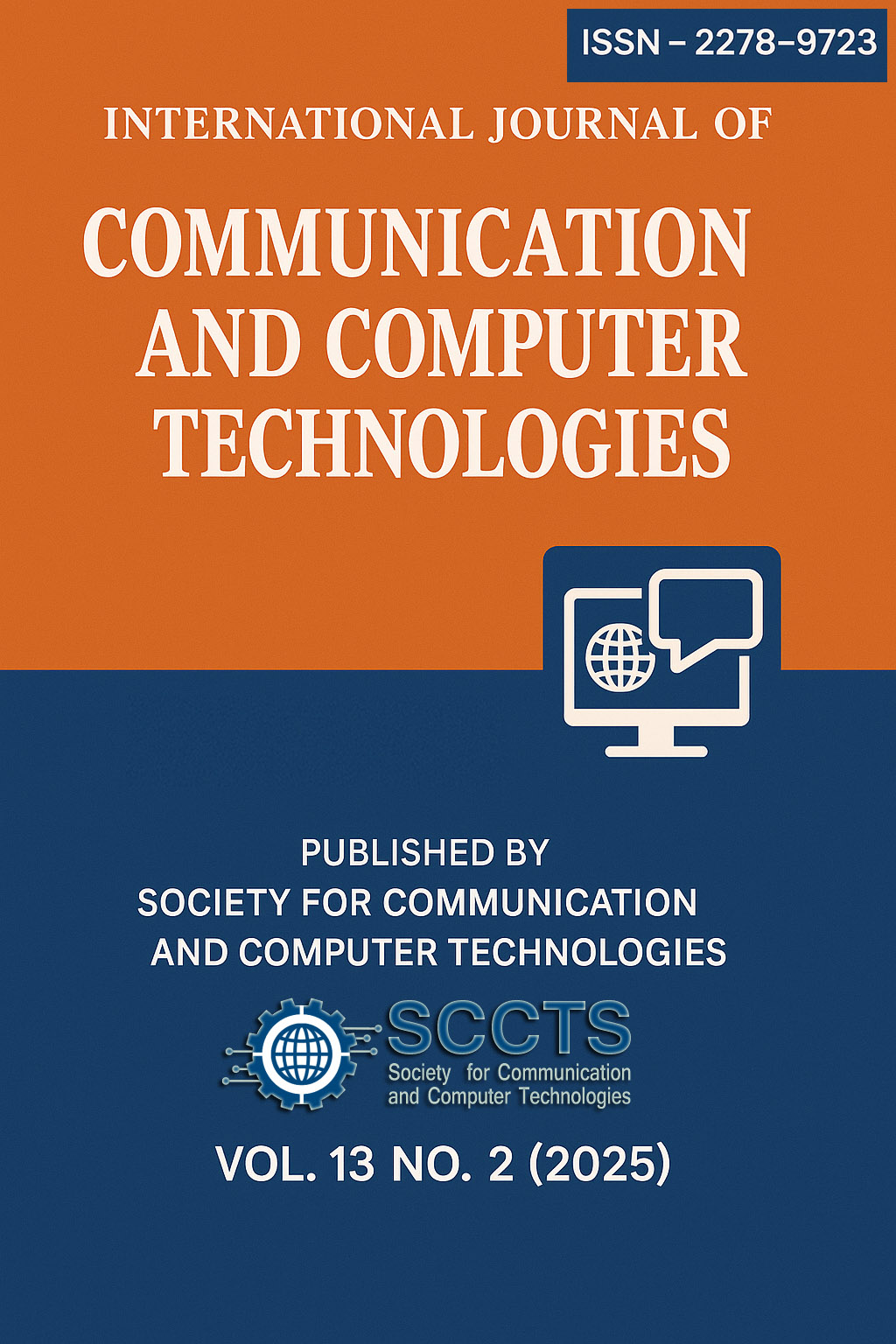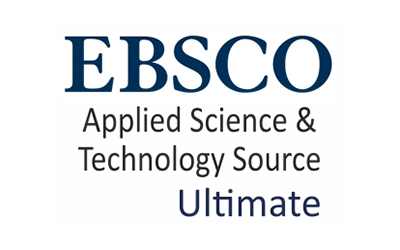High Speed 3d DWT VlSI Architecture for Image Processing Using Lifting Based Wavelet Transform
Keywords:
Discrete Wavelet Transform, VLSI architecture, lifting, image compression, High-SpeedAbstract
Although the DCT-based image compression method using in the JPEG standard has been very successful in the several years, it still has some properties to improvement. A fundamental shift in the image compression approach came after the discrete wavelet transform (DWT) became popular, and it is adopted in the new JPEG 2000 standard So the digital information must be stored and retrieved in an efficient and effective manner, in order for it to be put to practical use. The Discrete Wavelet Transform (DWT) was based on time-scale representation. It provides efficient multi-resolution. DWT has been implemented by convolution method. For Such an implementation it requires a large number of computations and a large storage features that are not suitable for either high-speed or low-power applications. Hence the architecture for a high speed lifting based 3D (DWT) VLSI architecture is proposed. The lifting based DWT architecture has the advantage of lower computational complexities and also requires less memory. This lifting scheme has several advantages, including in-place computation of the DWT, integer-to-integer wavelet transform (IWT), symmetric forward and inverse transform. It uses a combination of 1D-DWT along with a set of memory buffers between the stages. The whole architecture was arranged in efficient way to speed up and achieve higher hardware utilization. It is desirable for high-speed VLSI applications.
Downloads
Published
How to Cite
Issue
Section
License
Copyright (c) 2023 International Journal of communication and computer Technologies

This work is licensed under a Creative Commons Attribution-NonCommercial-ShareAlike 4.0 International License.




 The articles in Worldwide Medicine are open access articles licensed under the terms of the
The articles in Worldwide Medicine are open access articles licensed under the terms of the 